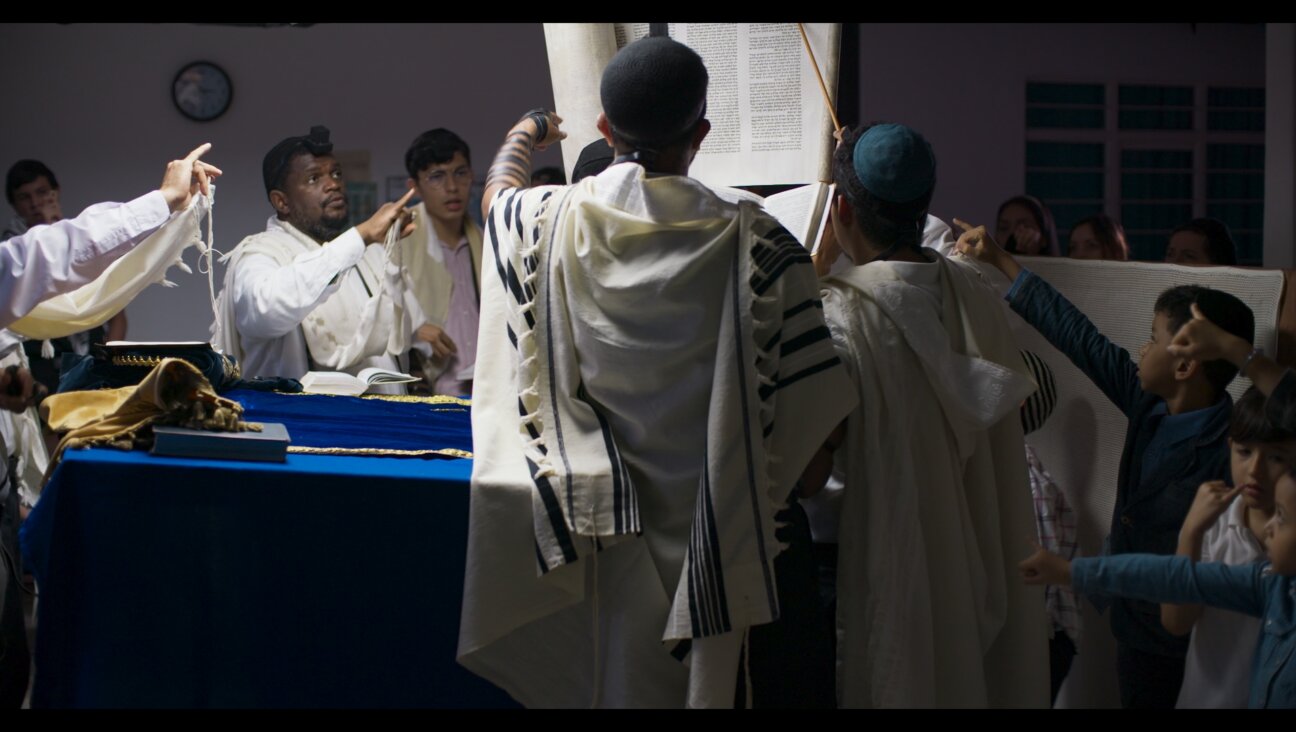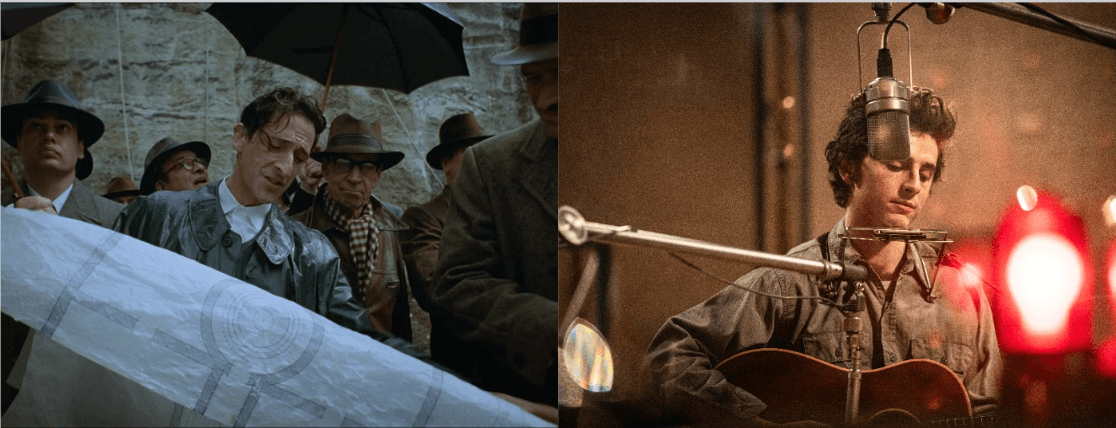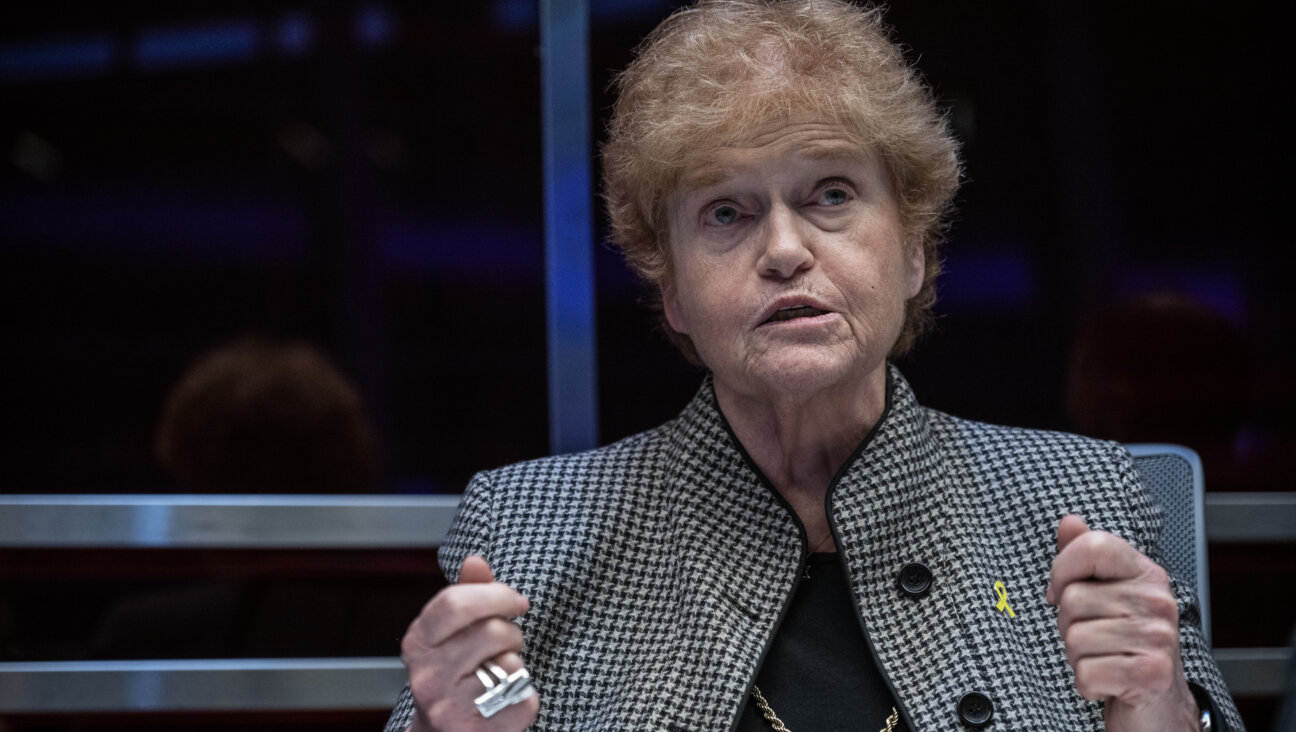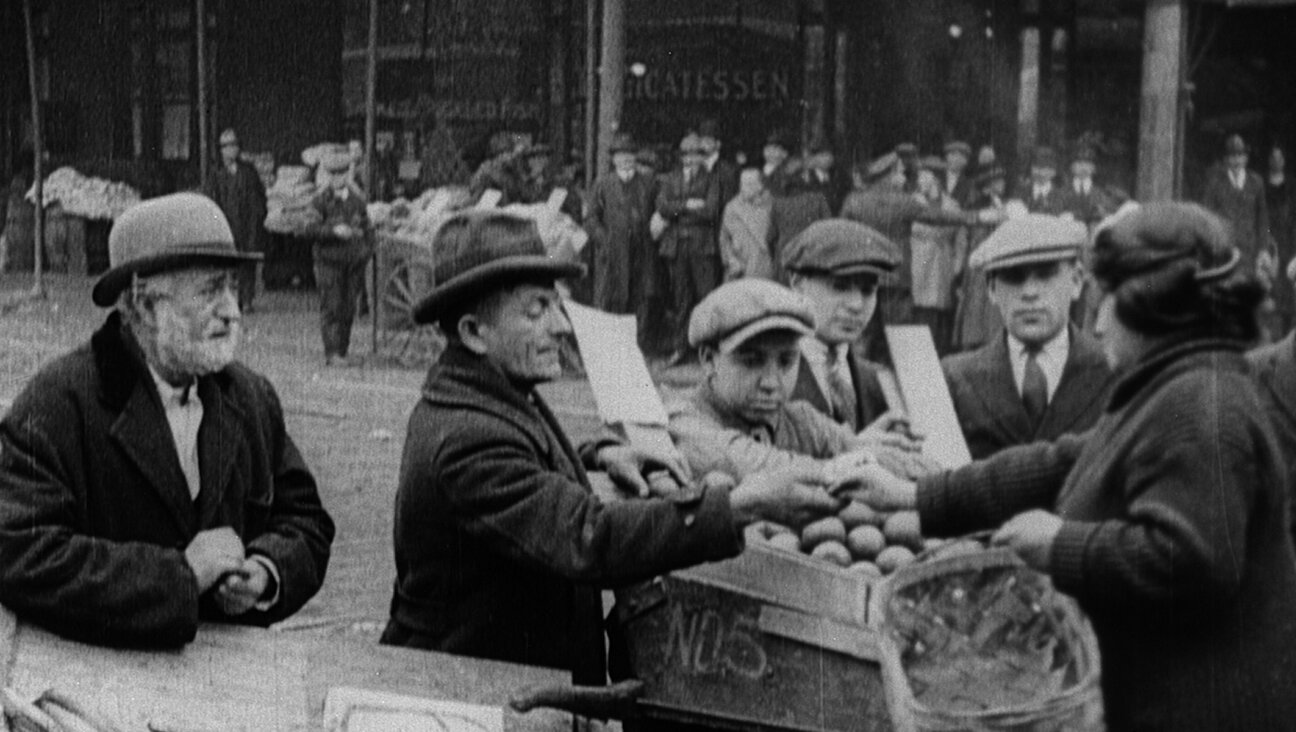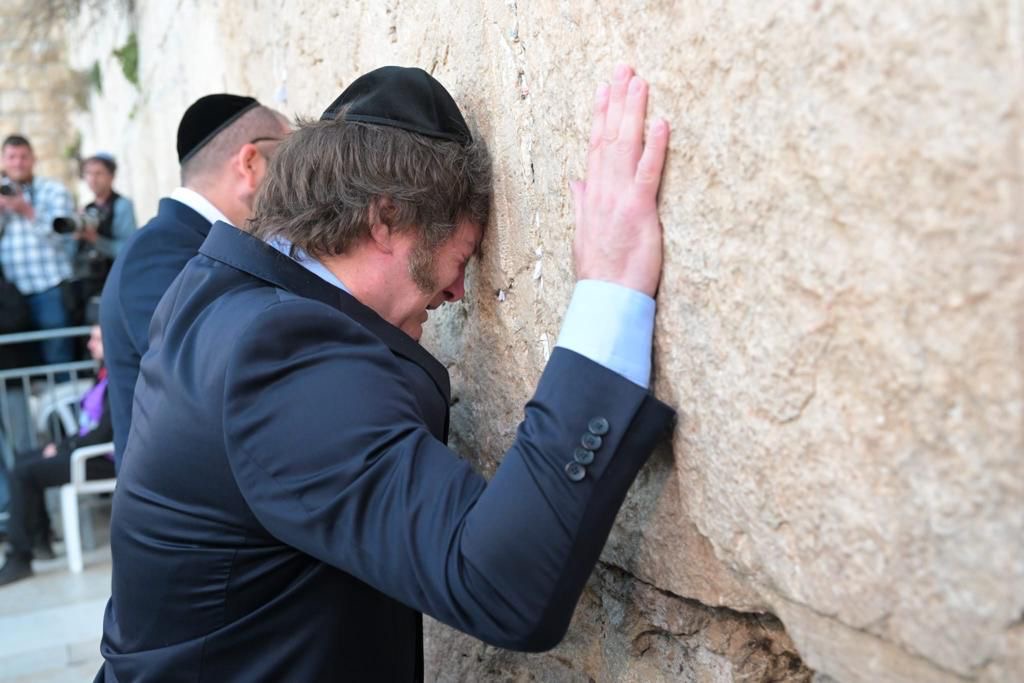BERLIN
In the city where Nazis plotted the extermination of the Jews, the recently built Jewish Museum runs like a jagged scar across the still-recovering metropolis. The museum is ostensibly dedicated to the entire history of Jews in Germany, but the architecture leaves little question that in Berlin, the policies of the Nazi government invariably overwhelm everything that came before it. The zigzagging, metal-clad building designed by architect Daniel Libeskind is ripe for numerous interpretations, but it is, in all readings, violent.
Libeskind’s structure has no entrance or exit, so visitors enter through the Baroque building next door. When this ornate courthouse was built, the thoroughly assimilated Jews of Berlin were a vital part of Berlin’s cultural life. The museum’s displays pay tribute to German-Jewish giants like Moses Mendelssohn in its telling of the story of Nazism through documents and artifacts. But these displays seem like a sort of ephemeral mirage inside Libeskind’s commanding architecture; many critics said that the building would have been more powerful if it was left empty. The organizing concept of the building is the five voids that form the buildings crooked spine — empty, five-story spaces representing what was irretrievably lost.
In good German fashion, each architectural metaphor is explained on a neat little placard, and visitors are led by prim guards in matching red scarves. The museum has benefited from the German fascination for all things related to Jews, becoming on e of Germany’s most visited museums. But while this is a German museum, it was indelibly shaped by the vision of Libeskind, an outsider. Berlin’s new Holocaust memorial, set to open later this year, was built by another outsider, New Yorker Peter Eisenman. Finding visitors is no problem;
A message from our Publisher & CEO Rachel Fishman Feddersen

I hope you appreciated this article. Before you go, I’d like to ask you to please support the Forward’s award-winning, nonprofit journalism so that we can be prepared for whatever news 2025 brings.
At a time when other newsrooms are closing or cutting back, the Forward has removed its paywall and invested additional resources to report on the ground from Israel and around the U.S. on the impact of the war, rising antisemitism and polarized discourse.
Readers like you make it all possible. Support our work by becoming a Forward Member and connect with our journalism and your community.
— Rachel Fishman Feddersen, Publisher and CEO








